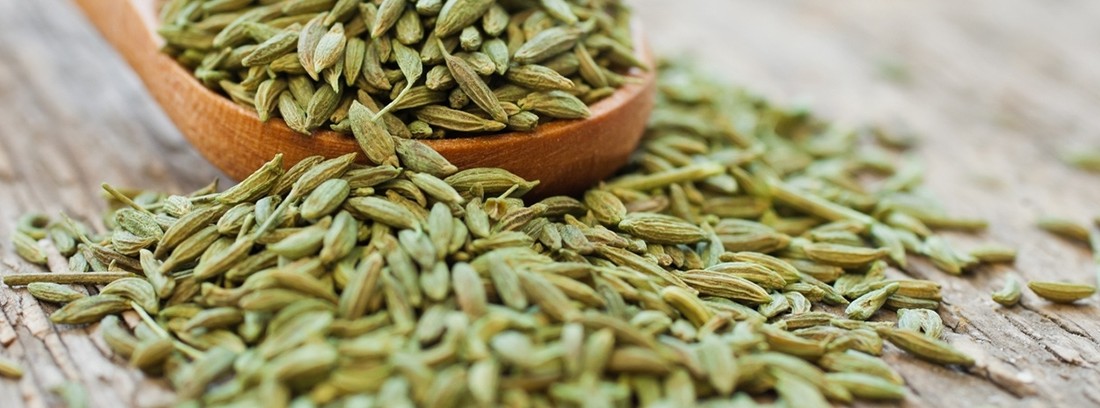Green anise, digestive and expectorant
 The name anise comes from the Latin word anisum, from which almost all the names that this plant receives in Europe derive (anise in Portuguese, anise in French and German, anice in Italian, anise in English, etc.). However, it is not the only name by which it is known in Spain, where it is popularly called matalahúga or matalauva, words from Arabic, whose meaning could be translated as “sweet grain”.
The name anise comes from the Latin word anisum, from which almost all the names that this plant receives in Europe derive (anise in Portuguese, anise in French and German, anice in Italian, anise in English, etc.). However, it is not the only name by which it is known in Spain, where it is popularly called matalahúga or matalauva, words from Arabic, whose meaning could be translated as “sweet grain”.Ancient uses
In culinary use, its fruits were used (as now) as a culinary species to flavor food and Pliny (a Roman scientist, naturalist and military man who lived in the 1st century AD) recommended chewing them to freshen breath and facilitate digestion. For its medicinal properties it was already known in the times of Hippocrates (a Greek physician nicknamed the "father of medicine"), who, in the 5th century BC, described its expectorant properties.
In the Middle Ages it was marketed as a "spice" and was considered to have a currency value for many years in the Mediterranean area. At this time it was used for its medicinal virtues as a digestive and it was attributed an aphrodisiac power. In the time of Carlo Magno (9th century AD) the Benedictine monks introduced it to Central Europe and apparently it is part of the formulation of the famous Benedictine Liquor that was formulated for digestive purposes.
They were attributed many other properties: cure hiccups, promote lactation, for headaches, insomnia, to cure cholera and even against cancer.
Nowadays
Green anise fruits contain essential oil, rich in anethole, which is the substance responsible for its characteristic taste and smell, although it is the set of substances that make up the essential oil to which it owes its properties: digestive, carminative (helps eliminate gases ), expectorant, spasmolytic (both digestive and respiratory) and antiseptic. The European Medicines Agency (EMA) accepts its traditional use to relieve mild digestive disorders, including flatulence and bloating, and also as an expectorant to relieve coughs in colds.
How to take it?
A pleasant and effective way to take it is as an infusion. To prepare it, put a small teaspoon of crushed seeds in a cup and pour a glass of boiling water, cover it and let it rest for several minutes. It is important to previously crush the seeds, so that the water penetrates inside and can extract the active ingredients and the essential oil, for this it is enough to crush them a little with the pestle immediately before preparing the infusion.
Combined with chamomile, they are a wonderful digestive infusion that, taken after meals, promotes digestion and helps eliminate gas. It is prepared by mixing a teaspoon of chamomile flowers and a half of crushed anise fruits per cup of water.
In combination with elderberry flowers (one teaspoon of elderflower and a half of crushed anise fruits, per cup of water), it helps to relieve coughs and sore throats.
«Informative note: the contents included in this section offer information related to existing therapies explained by specialists with experience in the field with an informative objective. MAPFRE does not intend under any circumstances to position itself on its suitability or expressly promote its use. "
Before any health problem you should always consult a doctor. They include a complete Preventive Medicine Program aimed at taking care of your health.
- It owes its properties to the set of substances that make up the essential oil.
- The European Medicines Agency (EMA) accepts its traditional use to relieve mild digestive disorders and as an expectorant to relieve coughs in colds.
- A pleasant and effective way to take it is as an infusion.
(Updated at Apr 14 / 2024)